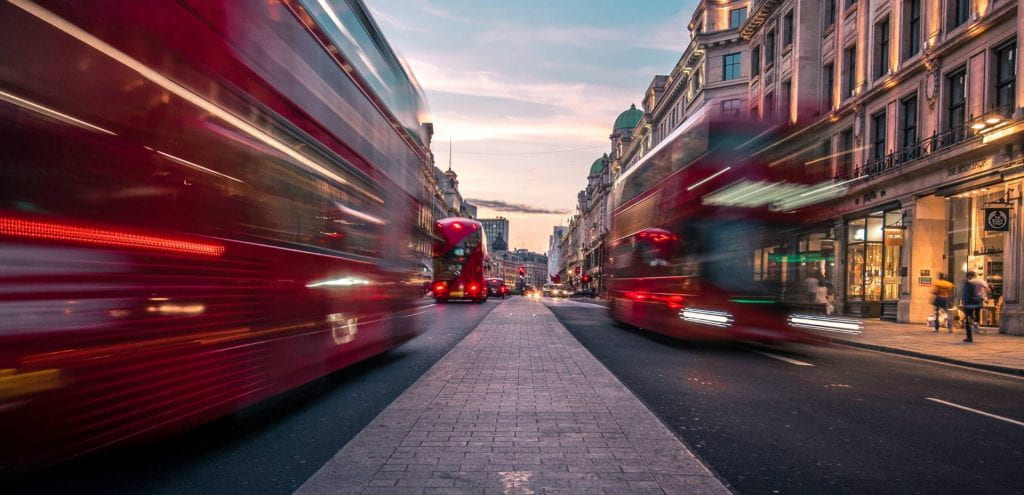





Capturing Action: To capture action, you should: get the settings right, choose your spot, get in the action, and get the timing and focus right. Getting the settings right means setting the camera to a high shutter speed. The faster the subject is, the faster your shutter speed would need to be. You need to consider your potential angles and options to choose your spot, this also depends on your lens and how far away or close you need to be. Getting in the action allows you to get closer to the subject by either getting as close as you can or zooming in with your lens. Timing is of the essence when it comes to capturing action, therefore, you may want to use burst mode to take more images per second. You need to hit your focus and may want to separate focusing from taking the picture by using the back button focus. Some cameras may even have a focus mode.
Capturing Motion: To capture motion blur, you should do three things: slow down the shutter speed, stabilize the camera, and put the camera in shutter priority mode (S or Tv). Slowing down the shutter speed is key to capturing motion blur because the shutter of the camera needs to stay open for longer. How slow your shutter speed needs to be depends on the speed of the subject, meaning the slower the subject, the slower the shutter speed should be. To capture motion blur, either the subject or the camera needs to move. To stabilize the camera, use a tripod or flat surface. When you put the camera in shutter priority mode, you have full control of the shutter speed, while the camera sets the ISO and aperture. If there is a lot of exposure, use a small aperture and decrease the ISO. Using a small aperture, reduces the amount of light that gets into the camera and decreasing the ISO reduces the camera’s sensitivity to light. If you can’t get the exposure dark enough, use a neutral density filter. This is a piece of glass that acts like sunglasses for the camera; it lets you use a long shutter speed without overexposing the picture.